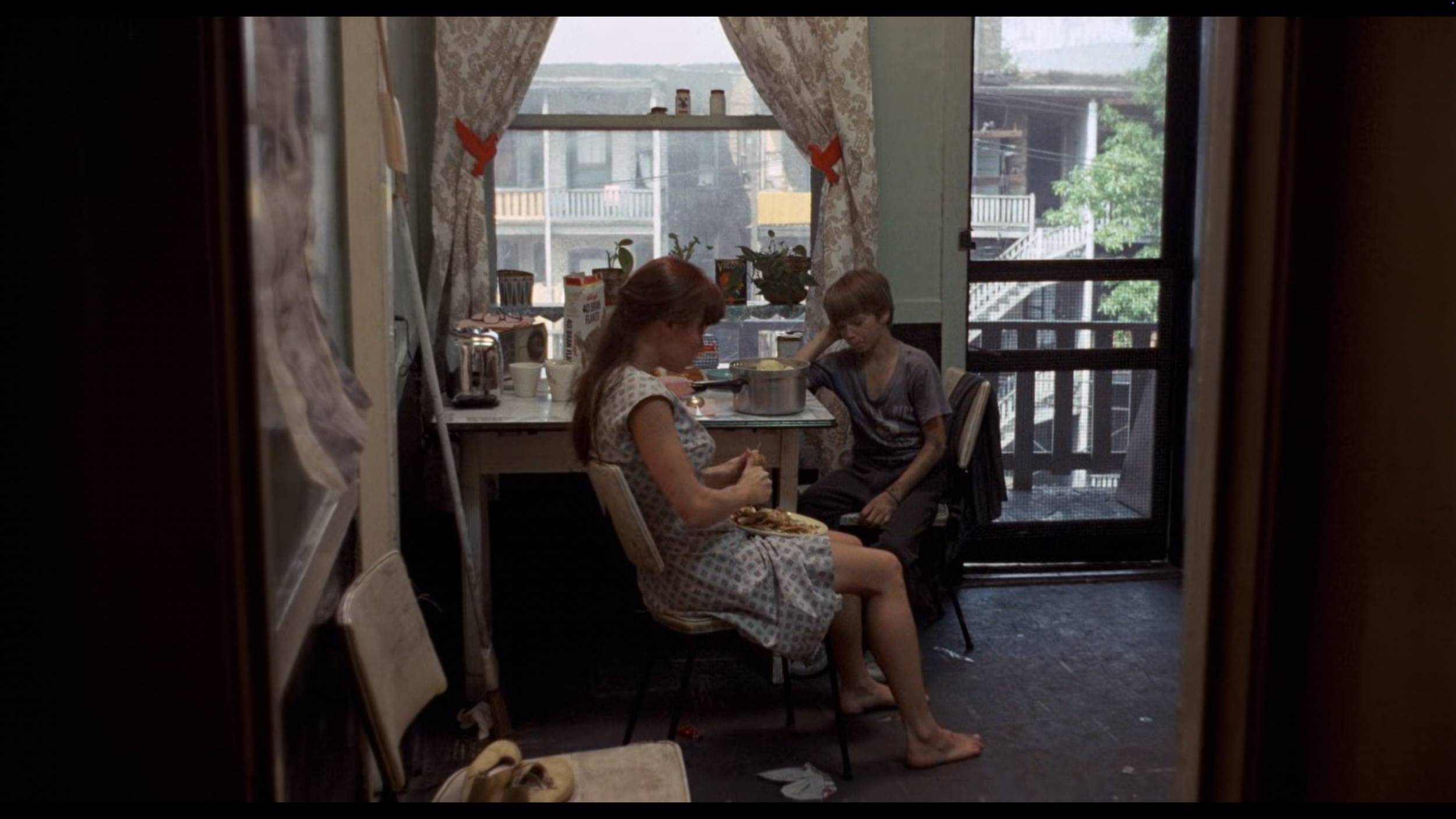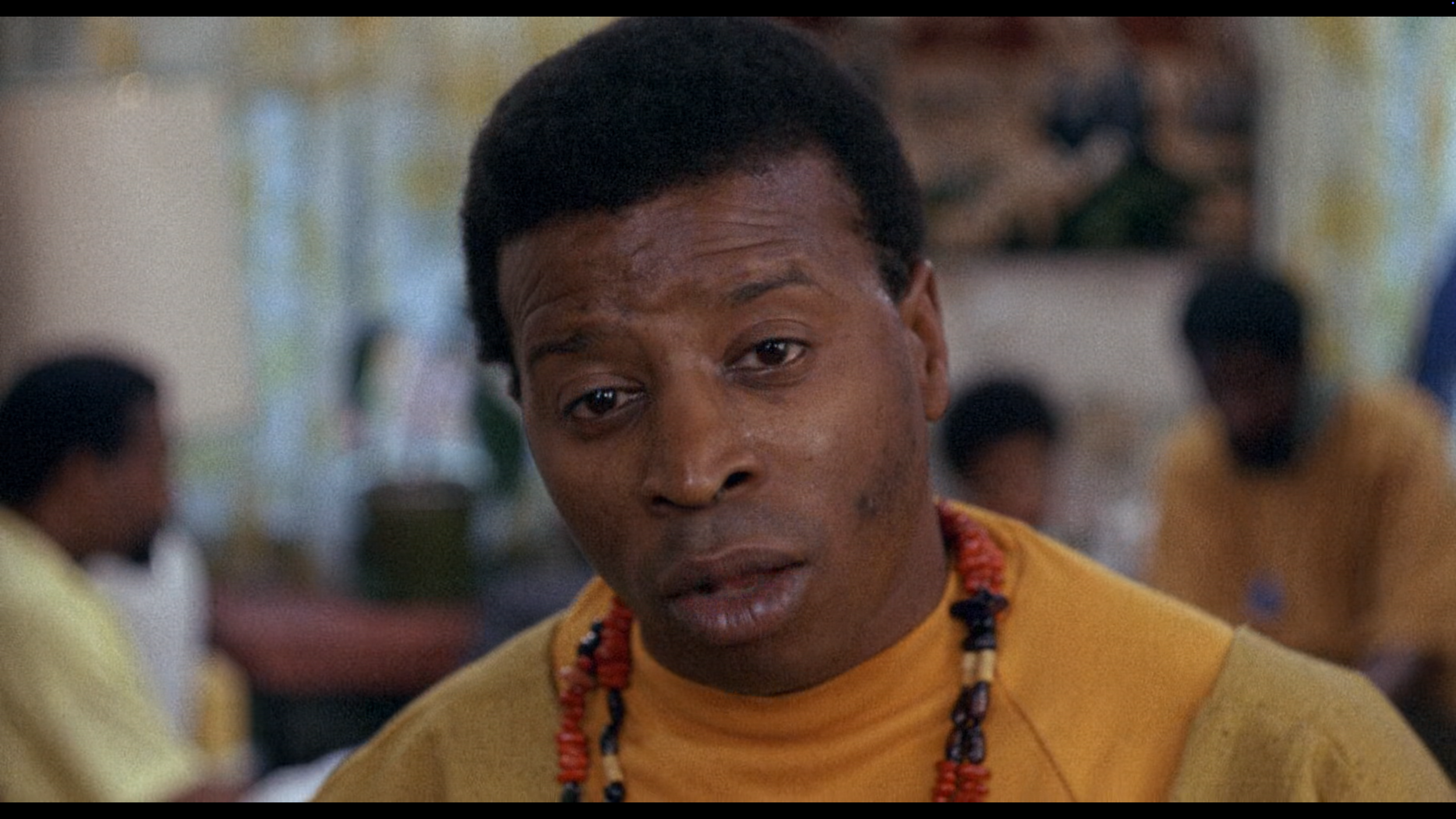Medium Cool (1969)
Haskell Wexler’s “Medium Cool” is a groundbreaking film that blurs the boundaries between documentary and narrative cinema, creating a visceral portrait of America during a time of political and social upheaval. Set against the backdrop of the 1968 Democratic National Convention in Chicago, the film explores themes of media ethics, civil rights, and personal responsibility, all while employing a strikingly innovative blend of cinéma vérité techniques and fictional storytelling.
Wexler’s use of naturalistic lighting, telephoto lenses, and handheld camerawork lends an authenticity that feels almost journalistic. The film’s documentary aesthetic immerses us in real events, such as the violent clashes between protestors and police during the convention. This fusion of reality and fiction is heightened by the editing, which juxtaposes scenes of personal intimacy with moments of national chaos. For instance, a tender interaction between characters might be followed by raw footage of protestors being tear-gassed, underscoring the tension between private lives and public crises.
The editing also employs techniques like contrast cuts to emphasize the dissonance between different realities. One particularly striking sequence involves the aftermath of Bobby Kennedy’s assassination. Instead of showing it directly, Wexler uses a circular pan around the kitchen where it occurred, accompanied by Kennedy’s speech on the radio. This approach invites us to piece together meaning ourselves, reflecting Wexler’s belief in an engaged audience.
“Medium Cool” critiques the media’s role in shaping public perception. The protagonist, John Cassellis (Robert Forster), is a TV news cameraman who initially approaches his work with detachment. His journey from apathy to involvement mirrors Wexler’s own call for greater emotional engagement in an era marked by war and civil rights struggles. Early in the film, John films a car accident with clinical precision before calling for help, a chilling metaphor for the dehumanizing tendencies of modern journalism.
The homing pigeon serves as a potent symbol within this narrative. Owned by Harold, a young Appalachian boy whose life intersects with John’s, the pigeon represents both freedom and constraint. While it soars through open skies when released, it is conditioned to return to its cage, a reflection of Harold’s limited prospects as well as broader societal restrictions. The mass release of pigeons in one scene becomes an allegory for liberation.
The film is deeply rooted in its historical moment. The Vietnam War looms large over its characters’ lives. Eileen (Verna Bloom), Harold’s mother, has lost her husband to the conflict. Racial tensions and civil rights protests form a constant undercurrent. Wexler captures these issues not through exposition but by placing his fictional characters within real events. Protest scenes are filmed amidst actual demonstrations, lending them an immediacy that scripted recreations could never achieve.
This blending of fact and fiction also extends to Wexler’s critique of institutional power. John’s discovery that his news station shares outtakes with the FBI highlights how media can be complicit in surveillance and control, a prescient commentary on ethical dilemmas still relevant in 2025.
The film boldly breaks cinematic conventions throughout. Characters occasionally address the camera directly, shattering the fourth wall and reminding us of their role as active participants rather than passive observers. This self-awareness aligns with Italian neorealism’s influence on the film—it prioritizes social realism over traditional plot structures.
Indeed, one of the film’s most radical aspects is its rejection of conventional storytelling. The narrative unfolds more as a series of interconnected moments than as a linear progression or traditional three-act structure. This approach reinforces Wexler’s message: life and history is messy, unpredictable, and often unresolved.
The themes and events of “Medium Cool” resonate powerfully with the current political and media environment as we head into 2025, highlighting the persistent tensions between media, politics, and public trust. In Wexler’s film, the media's detachment from the human impact of its coverage is a central critique, symbolized by the protagonist’s initial apathy as a news cameraman. This mirrors today’s challenges, where advancements like AI-powered newsrooms and data-driven journalism risk further distancing reporters from the communities they cover.
As in 1968, when “Medium Cool” captured the civil rights movement and anti-Vietnam War protests, today’s media operates amid deep societal divisions exacerbated by geopolitical crises, such as the ongoing war in Ukraine, and domestic polarization under Donald Trump’s new administration.
The rise of social media as a dominant news source for younger generations parallels Wexler’s exploration of how media shapes perceptions, but it also introduces new complexities, such as misinformation and declining trust in traditional outlets. Just as Wexler juxtaposed personal stories with national turmoil to critique institutional power, today’s fragmented media landscape, where platforms like TikTok and YouTube compete with legacy networks, raises questions about how effectively the press can hold power accountable in an era of rapid technological and political change.












